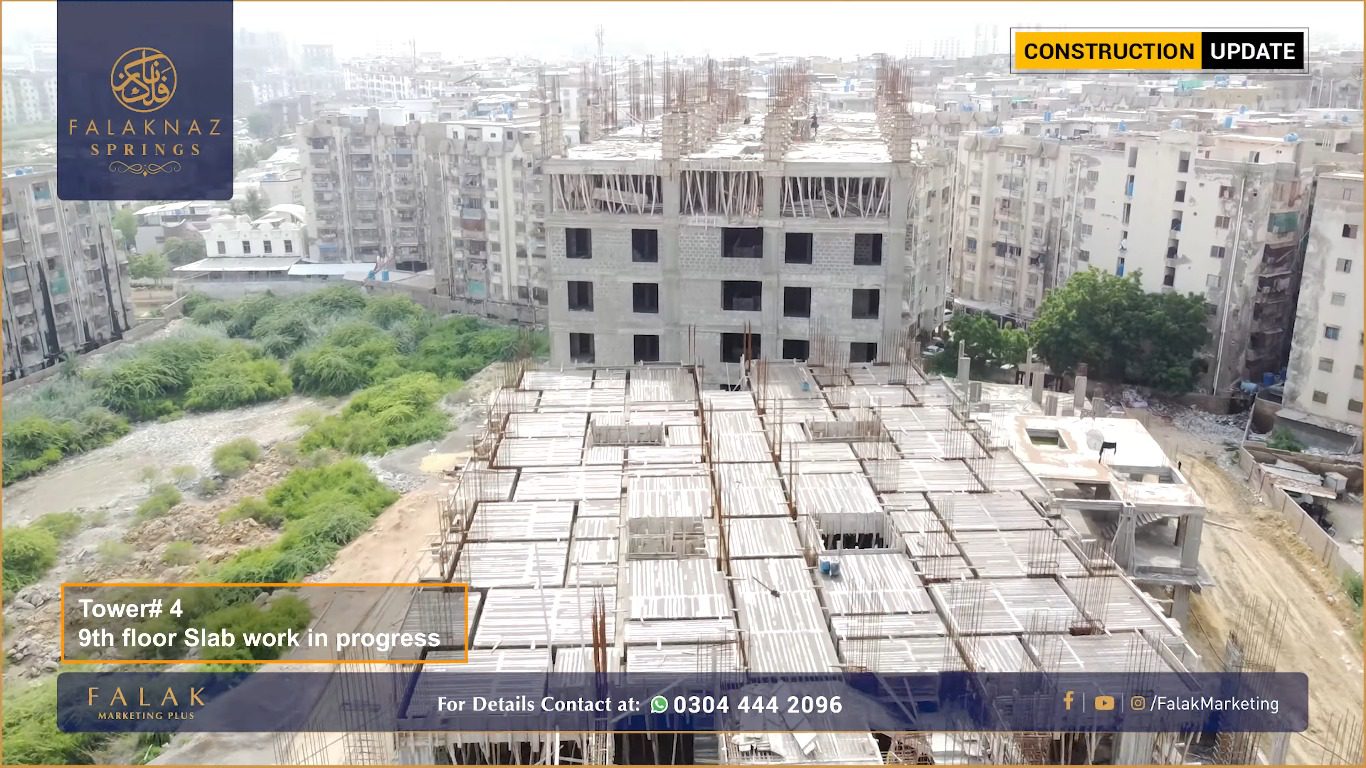Pakistan Unveils Rs72 Billion Housing Subsidy Scheme to Boost Affordable Living

Introduction
In a major leap toward addressing the nation’s housing shortage, the Government of Pakistan has recently approved a groundbreaking Rs72 billion housing subsidy scheme. Designed to make homeownership more affordable for low- and middle-income families, the program introduces subsidised loans—up to Rs3.5 million—at significantly reduced interest rates ranging between 5% and 8%. This initiative marks one of the largest housing interventions in Pakistan’s recent history, signaling a renewed commitment to the real estate and construction sectors. Here’s a full breakdown of the scheme, new policies, and what it means for developers, investors, and buyers alike.
1. What’s in the Subsidy Scheme?
On July 26, 2025, the Economic Coordination Committee (ECC) approved the massive Rs72 billion housing subsidy—one of the most extensive housing relief programs launched to date The Express Tribune.
Key highlights include:
Loan Amounts: Up to Rs3.5 million per applicant
Interest Rates: Heavily subsidised at 5%–8%, considerably lower than typical market rates
Duration & Structure: Loans are repayable across extended periods, aiming to make the process smoother for buyers
Government Support: The federal government will underwrite the interest differential and assume default risk, reducing lenders’ exposure and encouraging participation The Express Tribune
This structure leverages risk-sharing to offer genuine relief to aspiring homeowners, especially in the urban and suburban middle-income segments.
2. Why This Matters: Market Context & Impact
Pakistan is grappling with an estimated shortfall of over 1.2 million housing units, especially affecting low- to middle-income families who struggle with limited financing options The Express Tribune. With the mortgage-to-GDP ratio hovering below 1%, traditional banking systems have been largely reticent to extend housing credit ProPakistaniThe Express Tribune.
This subsidy scheme could spark multiple ripple effects:
Affordable access for homebuyers, especially first-time buyers and young families
Stimulus for developers and construction firms to launch new projects with a reliable consumer base
Growth across allied sectors such as cement, steel, and home furnishings—revival of economic activity
Expansion of financial inclusion, extending benefits beyond urban elites to broader demographics
3. Mechanisms & Government Role
The subsidy program is designed around a mark-up subsidy and risk-sharing model, where businesses share loan default risks and borrowers benefit from reduced interest costs The Express Tribune. Banks will finance the core portion of the loan, with the government covering interest subsidies and assuming a portion of the default risk.
Key supporting mechanisms include:
Foreclosure Law (in preparation): Strengthens housing finance by safeguarding lenders’ collateral rights and ensuring better enforcement in cases of non-repayment The Express Tribune
Streamlined Application Processing: To ensure timely deployment, government agencies are directed to ramp up approval processes and oversight, with daily reporting metrics emphasized under the Prime Minister’s directives The Express Tribune
These enablers are essential for long-term viability and institutional confidence in housing financing.
4. Challenges and Caveats
Despite its promise, the subsidy scheme faces several potential obstacles:
Affordability Across the Board: Even with subsidised rates, land and raw material costs may remain too high for many beneficiaries The Express Tribune
Bank Participation: Banks have historically been cautious about mortgages due to low returns and risk—strong incentives and oversight will be key The Express TribuneProPakistani
Public Awareness: Effective outreach campaigns will be essential to educate eligible families about the program’s benefits and application process Sunray Solar
Implementation Hurdles: Bureaucratic delays, eligibility ambiguity, and coordination gaps across federal and provincial levels could slow momentum ProPakistani
Success will depend not only on funding, but also on administrative efficiency and social engagement.
5. Looking Ahead: Futures & Prospects
If executed effectively, this subsidy scheme could become a game-changer for Pakistan’s housing and real estate sectors:
Boost in project launches: Developers may introduce more affordable and mid-range housing schemes, expanding options for urban dwellers
Financial ecosystem growth: Renewed interest in mortgage finance could drive innovation among banks and lenders
Economic multiplier effect: Housing construction stimulates demand in numerous industries—leading to employment gains and GDP growth
Policy evolution: Success could pave the way for future programs with improved design, eligibility, and scale
Additionally, aligning subsidies with digital application systems and transparent beneficiary monitoring can ensure equitable access and scalability in future urban housing initiatives.
Conclusion
Pakistan’s Rs72 billion housing subsidy scheme is both ambitious and necessary—at a time when affordable homeownership seems increasingly out of reach for average earners. By tackling interest rates, facilitating lending, and reducing risks for financial institutions, the government aims to unlock housing demand and stimulate the entire construction ecosystem. For developers, investors, and marketers, this initiative presents not just a lifeline but a strategic opportunity to align for-profit activities with public good. With tight execution, this could become a landmark moment in Pakistan’s housing sector’s modernization—and a model for inclusive growth in the region.


